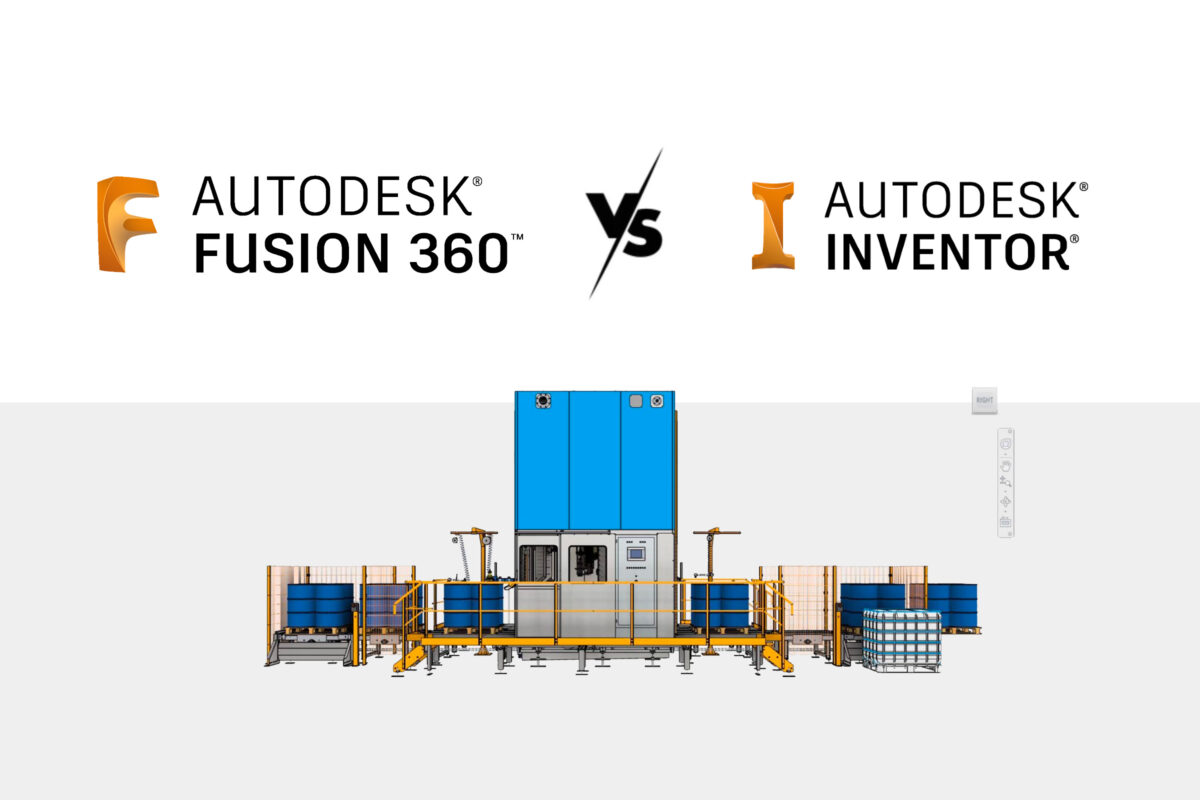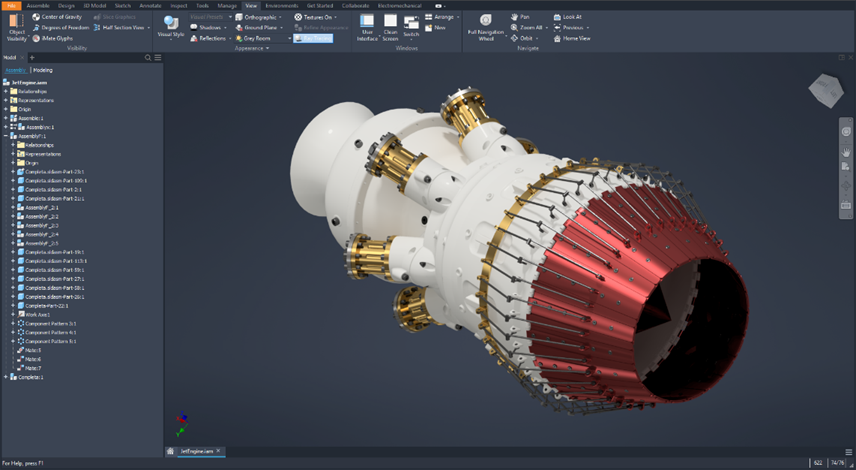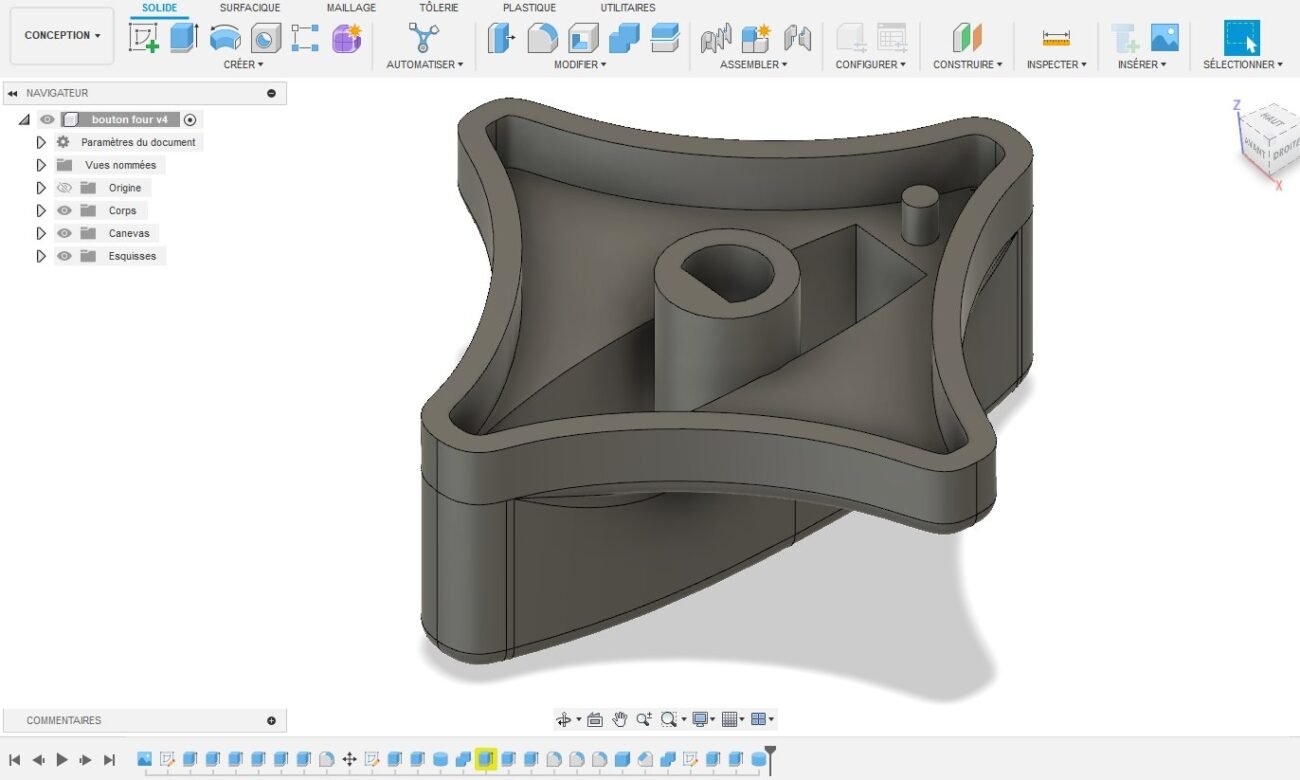Choosing between Autodesk Inventor vs Fusion 360 can be tricky, especially for those who need advanced 3D CAD software like Autodesk AutoCAD. Both tools offer incredible features, but they cater to slightly different audiences and use cases. If you’re caught in the middle of deciding which software is right for you, this guide will provide a thorough comparison to help you make an informed decision.
I’ve personally used both platforms, Autodesk Inventor and Autodesk AutoCAD, in various projects, ranging from complex machine design to simple product prototyping, and each has its strengths and weaknesses. Let’s dive into what each platform offers and how they compare across various factors, including key Autodesk AutoCAD features. We’re sure you’ll find what you’re looking for in this fusion 360 vs autodesk inventor analysis.
1. Overview of Autodesk Inventor vs Fusion 360
Before we delve into the detailed comparison, let’s understand what these tools are and what they offer in comparison to Autodesk AutoCAD.
Autodesk Inventor
Autodesk Inventor is a professional-grade CAD software primarily used in mechanical engineering. Like Autodesk AutoCAD, it is designed for complex mechanical designs, simulation, and documentation. Inventor is popular among engineers who need to create detailed 3D models and assemblies. It’s also part of the Product Design & Manufacturing Collection, making it a preferred tool in the manufacturing industry.
Fusion 360
Fusion 360, developed by Autodesk, is a more versatile and user-friendly tool, known for its cloud-based approach. It integrates CAD, CAM, and CAE into a single platform, making it ideal for startups, hobbyists, and small to medium-sized enterprises. Fusion 360 also focuses on collaboration, thanks to its cloud functionality, which allows teams to work together in real-time, regardless of their location, similar to the collaboration features seen in Autodesk AutoCAD.
2. Core Features: What They Offer
Both Autodesk Inventor and Fusion 360 have a rich feature set, but they cater to different aspects of design and engineering, much like the versatility of Autodesk AutoCAD.
Autodesk Inventor Features
- Parametric Modeling: Inventor excels in parametric modeling, much like Autodesk AutoCAD, making it easy to control design intent and adjust features without breaking the model.
- Assembly Design: It can handle complex assemblies with thousands of parts, providing tools for constraints, motion studies, and interference checks.
- Simulation and Analysis: With Autodesk Inventor, you get integrated FEA (Finite Element Analysis) tools to run stress, modal, and thermal simulations, which can also be compared to similar functionalities in key Autodesk AutoCAD tools.
- Drawing and Documentation: Inventor automates the process of creating 2D technical drawings from your 3D models, much like the detailed drafting available in Autodesk AutoCAD.
Fusion 360 Features
- Cloud-Based Collaboration: The real-time collaboration features of Fusion 360 are unbeatable. You can invite teammates or clients to view or even edit models on the fly, unlike the desktop-restricted nature of Autodesk Inventor and Autodesk AutoCAD.
- Integrated CAM & CAE: Fusion 360 stands out because it integrates design, engineering (CAE), and manufacturing (CAM) into one platform.
- Generative Design: Fusion 360 includes advanced generative design tools, allowing designers to explore design alternatives generated by AI, unlike the more traditional modeling found in Autodesk AutoCAD and Inventor.
3. Ease of Use Autodesk Fusion 360 vs Inventor
Autodesk Inventor
Autodesk Inventor is a more complex tool and can take longer to master, much like the extensive features available in Autodesk AutoCAD. It is tailored for engineers and professionals who are already familiar with CAD software. When I first started using Autodesk Inventor, I remember spending a good chunk of time just navigating the interface, much like my experience with key Autodesk AutoCAD tools.
However, once you get the hang of it, Inventor’s parametric design capabilities feel almost limitless. The detail you can achieve in your assemblies is remarkable, making it perfect for larger, industrial-scale projects that Autodesk AutoCAD also excels in.
Fusion 360
Fusion 360 is more beginner-friendly. The interface is sleek, modern, and intuitive, with a lower learning curve than Autodesk Inventor and Autodesk AutoCAD. It’s easier to jump in and start creating, which is one reason I recommend it to hobbyists or those working in smaller teams.
4. Cloud Capabilities
Autodesk Inventor
Autodesk Inventor is primarily a desktop-based application. While it offers cloud collaboration through Autodesk Vault and cloud storage options like Autodesk Drive, it’s not a truly cloud-native platform like Fusion 360. This means you’re still tied to a specific workstation for heavy design work, and sharing projects can be more cumbersome than Fusion 360 or key Autodesk AutoCAD cloud-based tools.
Fusion 360
Fusion 360’s cloud-first approach is one of its strongest selling points. Similar to the cloud capabilities found in Autodesk AutoCAD, you can save, access, and share your files from anywhere, and the platform’s cloud rendering capabilities reduce the need for high-powered local hardware.
5. Cost and Pricing Models
Autodesk Inventor
Autodesk Inventor follows a subscription-based pricing model, similar to Autodesk AutoCAD. It’s not cheap—subscription fees start at around $2,085/year (as of this writing). For what it offers in comparison to Autodesk AutoCAD, it’s an investment, but for companies needing robust CAD tools, it’s worth it.
Fusion 360
Fusion 360 offers more affordable pricing options, making it attractive for smaller businesses or hobbyists who may not need the complexity of Autodesk Inventor or Autodesk AutoCAD. There is a free version available for students, hobbyists, and small startups, which makes it accessible for individuals who are not ready to commit financially but still want to explore high-quality 3D design tools.
6. Performance and System Requirements
Autodesk Inventor
Autodesk Inventor, like Autodesk AutoCAD, requires more powerful hardware to run smoothly. To get the most out of it, you’ll need a powerful CPU, a good amount of RAM, and a dedicated GPU.
Fusion 360
Fusion 360’s cloud integration allows it to run on lower-end hardware because it offloads heavy tasks like rendering to the cloud. This makes Fusion 360 a more accessible option compared to Autodesk Inventor or key Autodesk AutoCAD setups that rely on local computing power.
Conclusion: Which Should You Choose?
Ultimately, whether you choose Autodesk Inventor or Fusion 360 depends on your needs. For those who need powerful assembly capabilities, deep parametric modeling, and professional-grade tools, Autodesk Inventor and key Autodesk AutoCAD features are ideal. However, for those seeking flexibility, affordability, and an all-in-one solution for CAD, CAM, and CAE, Fusion 360 is a great choice.
Both Autodesk Inventor and Fusion 360 complement Autodesk AutoCAD in their respective ways, offering solutions tailored to different industries and needs. The decision will come down to your specific project requirements, budget, and workflow preferences.
Visit our FB page for more content: Digital All Keys Fb




